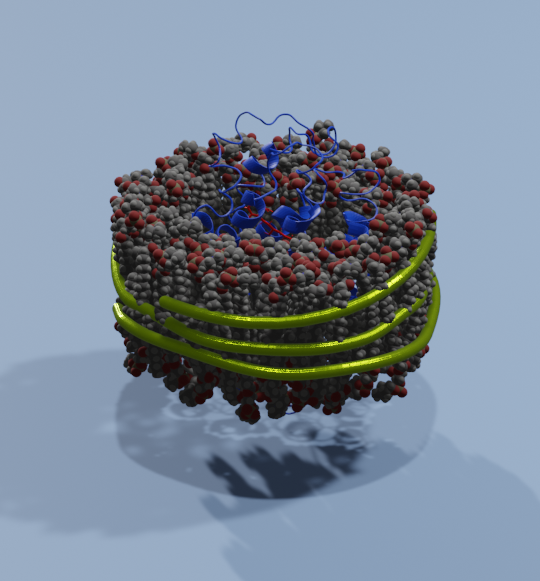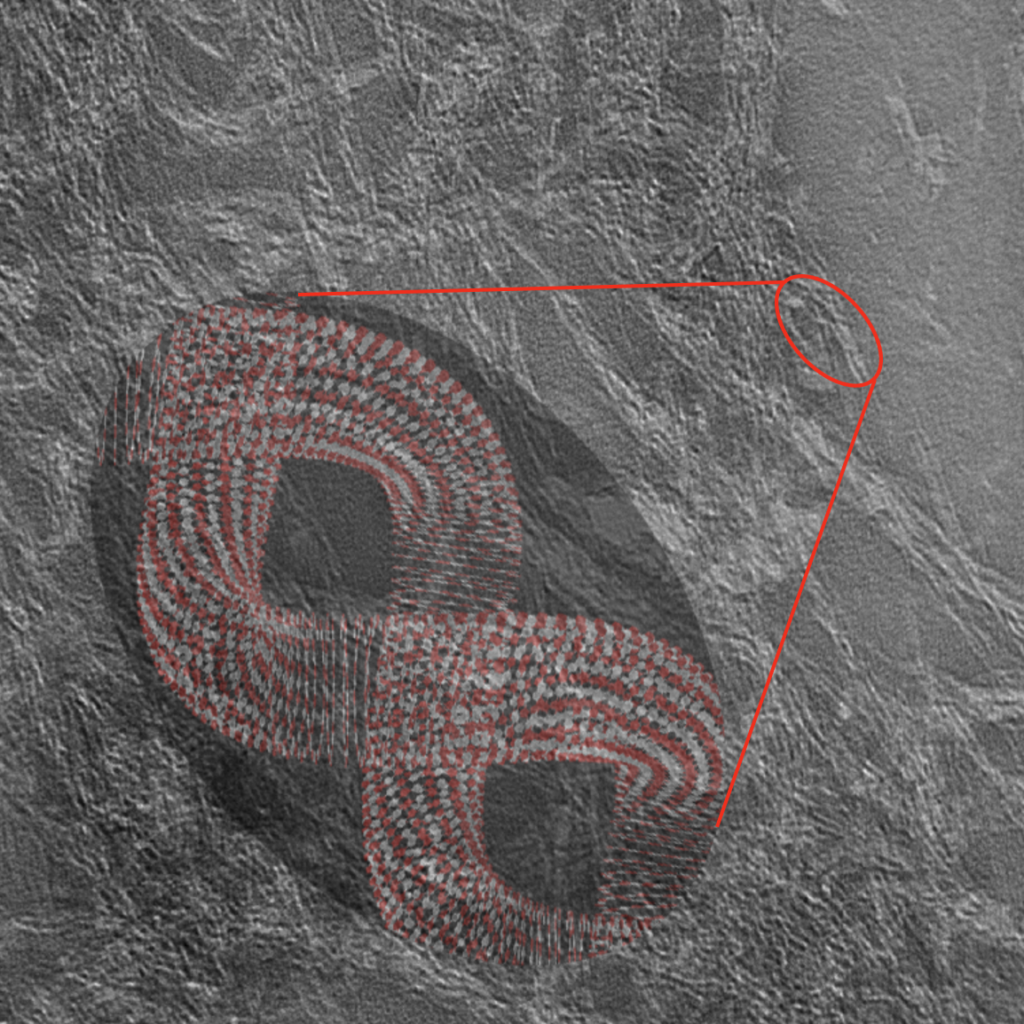Biography
Bert Klumperman studied Chemical Engineering and Chemistry at the University of Twente (Enschede, the Netherlands). After his MSc graduation he worked at DSM Research (Geleen, The Netherlands) as a Research Associate. In 1994 he obtained his PhD degree from the Eindhoven University of Technology (TU/e) under the joint supervision of Prof AL German (Eindhoven), and Prof KF O’Driscoll (University of Waterloo, Canada). He then moved to academia and worked at TU/e from 1995 until 2012.
In 2006 he was awarded a South African Research Chair by the National Research Foundation and the Department of Science and Technology. Since 2007 he is an A-rated scientist by the NRF. In 2012, Bert was awarded a second doctorate (DSc) at Stellenbosch University with Prof PE Mallon as promoter. He received various awards, including the Gold Medal of the South African Chemical Institute (SACI) in 2013, the SASOL Chemistry Innovator of the Year medal in 2015, the prestigious National Science and Technology Forum (NSTF) Lifetime Award in 2016 and the John FW Herschel medal of the Royal Society of South Africa in 2018.His current research interests are reversible deactivation radical polymerization (RDRP), the SMALP technology and foldamers.

Our research

Reversible Deactivation Radical Polymerization
Many of our activities in the field of RDRP are related to nanomedicine. Firstly, we investigate polymer-protein and polymer-peptide conjugates. We typically use poly(N-vinylpyrrolidone) (PVP) as our polymer of choice, and combine this with various conjugation techniques. Secondly, we are reviving the concept of polymeric prodrugs by reversibly linking hydrophobic drugs to a block copolymer. The drug-loaded block copolymer self-assembles into micelles that act as the delivery vehicle. Thirdly, we are investigating stimuli-responsive hydrogels that are based on building blocks prepared via RDRP techniques.
SMALP technology
In 2009 it was published for the first time that poly(styrene-co-maleic acid) (SMA) is able to create and stabilise phospholipid nanodiscs (SMALPs) from phospholipid vesicles as well as from various types of cells. This technology has shown to be very powerful in the isolation of membrane proteins in their fully functional form. Over the past several years we have started to apply our long history in the research of poly(styrene-co-maleic anhydride) (SMAnh) in the field of the SMALP technology. In collaboration with research groups that are interested in membrane and membrane protein research we are busy to explore structure-activity relationships for the amphiphilic polymers used in this field.


Poly(p-aryl-triazole) foldamers
Alternating sequences of para-substituted aryl and triazole rings form a semi-aromatic structure that prefers to adopt a planar conformation. If the nitrogen atoms of the triazole are all oriented in the same fashion, this polymer adopts a helical structure. Decoration of the aryl rings with short oligo(ethylene oxide) sequences provides the polymer with the ability to change conformation depending on solvent conditions. We have elucidated the basic features of this foldamer system in DMF/water mixture and are further exploring the intricacies of the folding process and potential use of the system in host-guest complexes.
Get in Touch
Find us at the office
Polymer Science building, Stellenbosch University, South Africa
Give us a ring
Bert Klumperman
+27 21 808 3988
